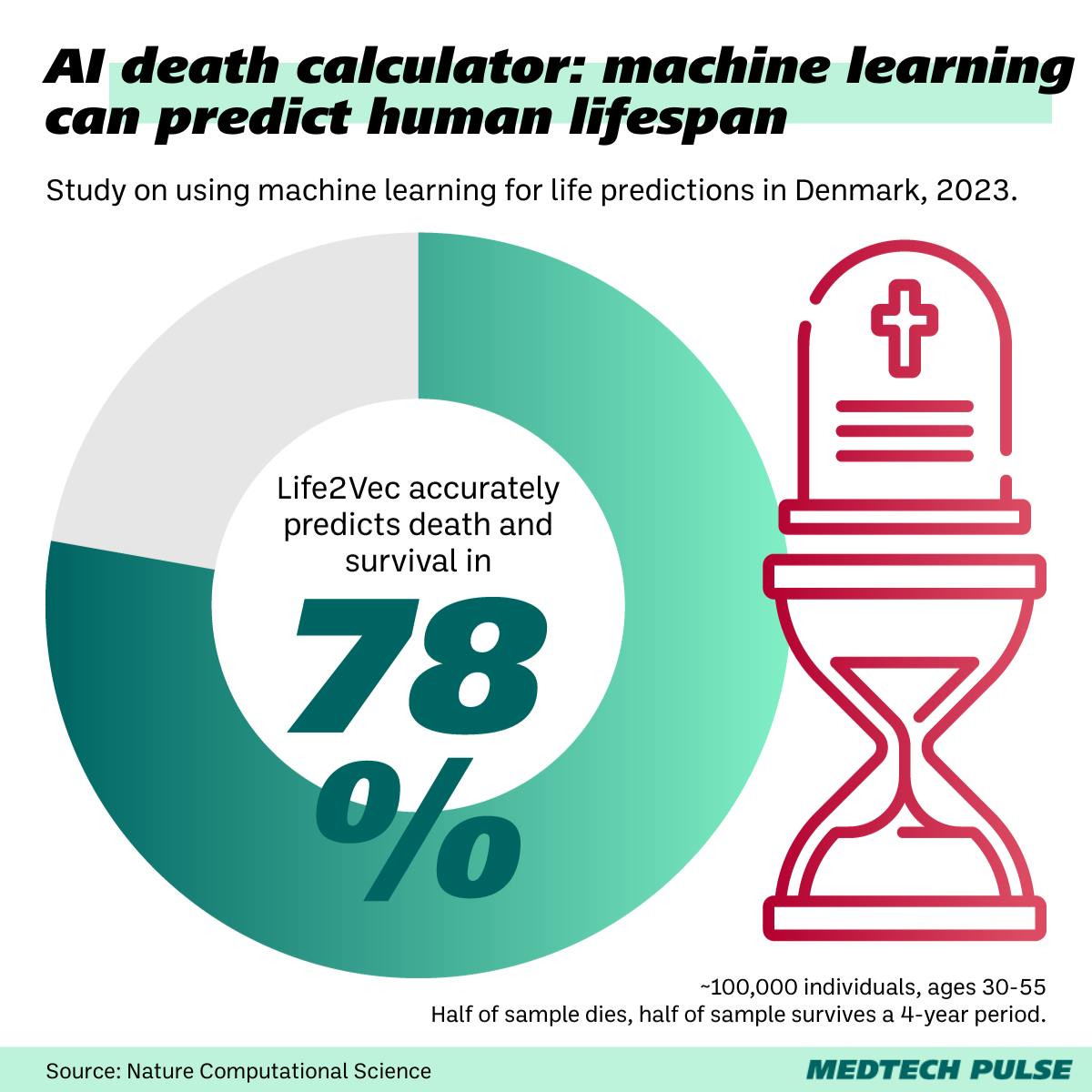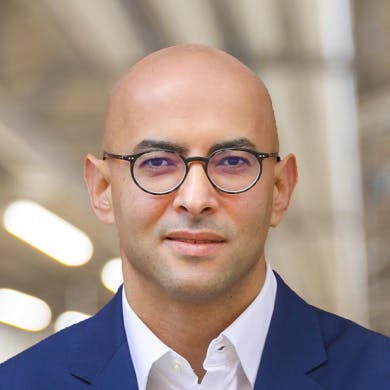Death, doulas, and disembodied brains
I hope you’re having a wonderful start to the year.
For the first edition of MedTech Pulse in 2024, I want to start things off on a positive note: Let’s talk about death.
No, don’t move on to your next email yet.
I’m not looking to review grim numbers here. We won’t be discussing how many people unfortunately lost their lives to certain medical conditions in 2023.
As I often do in this newsletter, I’d like to look to the future—specifically, toward how AI is helping us:
- Predict lifespans
- Manage end-of-life care
- Stave off death
AI has been making waves in the insurance space, by helping payers predict individuals’ deaths using various factors. For healthcare payers, next-generation algorithms are being applied to prior authorization—sometimes resulting in unfairly denied care.
In the meantime, death prediction is getting more precise.
A new deep learning model—called Life2Vec—has been trained on personal data from the entire population of Denmark. It claims to be able to predict death more accurately than any model currently used by insurers.
And now, the researchers behind the model are letting users try a free version to forecast their lifespan, getting a glimpse of what technology makes of their fate.

We’re also using the predictive power of AI to better manage death.
Imagine the kind of predictive modeling we see in clinical decision-making contexts like COVID care and emergency department triage. Hospitals are improving palliative, end-of-life care by using similar algorithms to help them make decisions on when it’s time to have the tough conversations.
Yet, I’m perhaps the most excited about the predictive possibilities of the longevity sector.
This growing subset of the medtech industry is using AI in its individual lifespan forecasting, but it’s also creating custom intervention recommendations. This new frontier of preventive care uses predictive power to change fate.
As we enter this new year, we must both be wary of the health threats facing our world, of course. But we also must not lose sight of how far we’ve come with medical technology. We must keep our eyes on the prize—a healthier future for all—and keep imagining, innovating toward what might seem impossible today. Tomorrow’s patients will benefit.
In the meantime, I will be checking out the newest predictive tools at our disposal.
Will your curiosity lead you to try the Life2Vec death calculator?
Of course, while the calculator available online is a bit more limited than the way the model was applied in the study, I think it’s still an interesting look at what public-facing mortality prediction can look like.
If you try it out, let me know what you think.
